
Factual error: In the final scene there is a shot which shows a Land Rover in the distance. Land Rovers were not built until after World War 2.
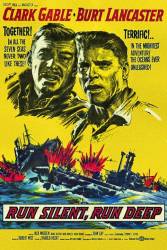
Factual error: The film was released in 1958 but depicts a 1943 World War II mission in the Pacific by a US submarine capatain played by Clark Gable and his first officer played by Burt Lancaster. In two separate scenes the crew listens to a "Tokyo Rose" broadcast on radio and the background music is "Kiss Me Once, Kiss Me Twice, It's Been a Long Long Time" by Sammy Cahn and Jule Styne. The song was not released until September 1945, one month AFTER the end of the war in the Pacific in August 1945. The song was famous for celebrating returning troops and therefore also makes no sense in the context of 1943.
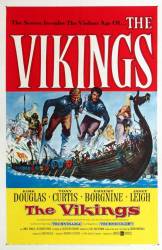
Factual error: The Vikings raided England in the 9th and 10th centuries. The first castles were not built until post 1066. The castle in the film has rounded towers, crenellations and machicolations, which would date it at approximately 1300. That would tend to suggest that these Vikings were 400 or 500 years old, or that they had access to a time machine.
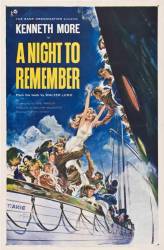
Factual error: When the ship is being launched a champagne bottle is smashed against the hull. Harland & Wolff, like many shipbuilders, did not smash champagne bottles against the hull.
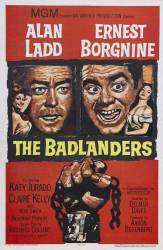
Factual error: As the stagecoach rolls into Prescott, Arizona, the road winds among hundreds of Saguaro cacti. Prescott is far beyond the northern limits of the Saguaro.
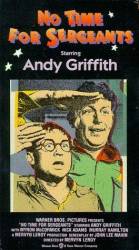
Factual error: There are no privates in the Air Force. They are called Airmen.
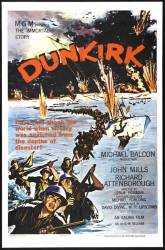
Factual error: The Sergeant-Major of the artillery section Corporal Bins and his men are briefly attached to has two of his medal ribbons round the wrong way. He has up the Victory and British War Medal ribbons, when they should be worn BWM and then VM. A mistake an experienced senior NCO would not make.
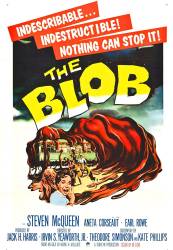
Factual error: Steve McQueen remarks that the chunk of meteorite is hot - though this is a common misconception (and probably belongs on several movies' boards), meteorites are almost invariably cold, given that by the time they hit Earth their frigid inner layers are exposed by the friction of air drag. (00:20:40)
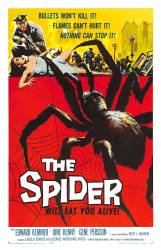
Factual error: Tarantulas do not spin webs.
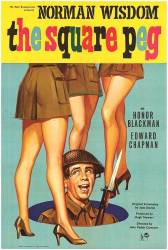
Factual error: The film is set during WW2, but when Pitkin drops Judy off at the station, the locomotive bears the lion and wheel emblem of 'British Railways', which was formed in 1948. Likewise the wagons in the railway yard are to a British Railways standard design and are out of period for WW2.

Factual error: This horror-fantasy film (a 1958 knockoff "The Mummy") was inspired by the faceless whole-body plaster casts taken from the volcanic ash of Pompeii, at the foot of Mt. Vesuvius. The running mistake in this movie is the assumption that the faceless bodies of Pompeii were 2000-year-old mummies preserved by volcanic ash and could, thus, be re-animated (by radiation, in this case). The fact is, the victims at Pompeii were originally encased in hot volcanic pumice and ash, and the corpses then disintegrated, leaving hollow "molds" of human bodies underground. It wasn't until the mid-19th Century that archaeologists first discovered the molds, filled them with plaster, then extracted the whole-body plaster casts for display. Since the faceless bodies of Pompeii are nothing but modern plaster casts, there would be nothing to re-animate, by radiation or any other improbable means.

Factual error: The movie's title "The Inn Of The Sixth Happiness" is the name of the mission station that Gladys Aylward/Ingrid Bergman sets up. In reality this was called "The Inn Of The Eighth Happiness." Numerology is popular in China, where eight is regarded as a particularly auspicious number. Apparently the film company thought "sixth" had a better ring to it than "eighth." In the movie it is explained that there are six levels of happiness. This is not a Chinese belief and seems to have been invented for the movie.
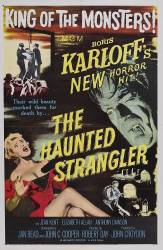
Factual error: The film begins in 1860, but the majority takes place 20 years later, so 1880. When James Rankin obtains files on the Haymarket Strangler/Edward Styles case we are shown another box labelled with details about Jack the Ripper, who wasn't active until 1888.
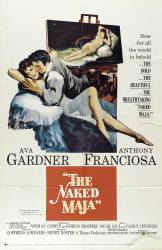
Factual error: You can't expect a great deal of historical accuracy from a movie that narrates a love story, conveniently ignoring the glaring fact that one of the two lovers was DEAF. Nevertheless, here Francisco Jose de Goya paints for his lover, Duchess Maria, a 1797 painting, "The Black Duchess", only after he already painted "Charles IV of Spain and His Family", finished in 1801, and the St. Anthony of La Florida frescos, 1798.
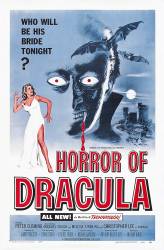
Factual error: When Van Helsing gives Tania his coat he tells her she looks like a teddy bear. The first teddy bear was made in 1902, 17 years after the movie takes place.